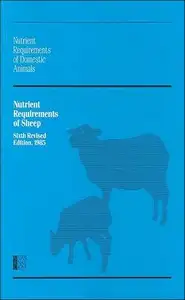
الكاتب: Multiple References
During the period 1991 - 2001, 161 cases of abomasum displacement were treated. Clinical and laboratory examinations, and later surgical intervention, revealed that 100 (62.1 %) cases were left-side displacements of the abomasum (LDA), 16 (9.9 %) were right-side displacements (RDA), 25 (15.5 %) cases involved torsion of the abomasum (AV) and 20 (12.4 %) were anterior displacements of the abomasum (ADA). In ADA the typical characteristics of the disease signs remain mild, unclear and variable, until the diagnosis is established. Over a half of the 20 affected cows (63.16 %) were between 7.5 to 9.0 months pregnant. Specific, high-pitched, tinkling sounds were detected in the left caudoventral, and right lateral, abdominal regions, just behind the limits of percussible lung area. There was no specific tympanitic resonance (ping effect) established with the percussion and simultaneous auscultation of the left abdomen, which included the left and right paralumbar fossa and an area extending from the midpoint of the 9th and 13th ribs. Rumination did not cease. Clinical signs were manifested by periparturient stubborn indigestion, loss of weight, relative absence of faeces and suboptimal milk production. Among laboratory findings ketonemia, mild haemoconcentration, slight hypochloraemia, hypokalaemia and hypocalcaemia were present. At the Clinic for Ruminants in Ljubljana, the surgical correction of all types of abomasal displacements is now commonly practised. On the basis of our experiences we have developed a method of omentopexy which is called the "Ljubljana method".
تحميل كتاب A REVIEW OF ABOMASAL DISPLACEMENT - CLINICAL AND LABORATORY EXPERIENCES AT THE CLINIC FOR RUMINANTS IN LJUBLJANA ، تحميل كتب ، تحميل كتب PDF ، تحميل كتب طب بيطرى PDF ، تحميل روايات PDF ، أحسن موقع تحميل كتب PDF ، أفضل مواقع تحميل كتب مجانية






هذا المحتوى مخفي
جميع خدماتنا مجانية .. يرجى دعمنا والمشاركة علي إحدى مواقع التواصل الإجتماعي
أو انتظر 10 ثانية لظهور المحتوى